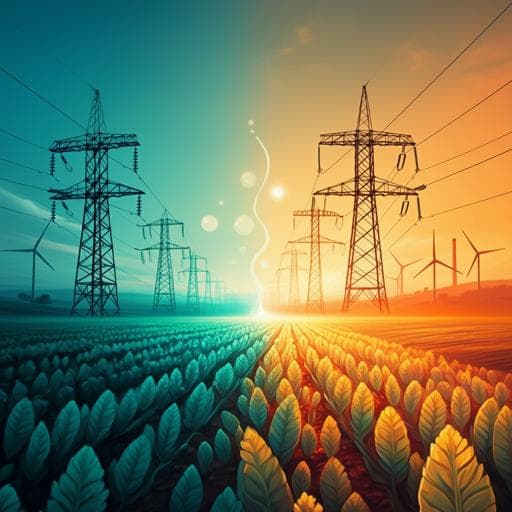
Environmental Studies and Forestry
Greenhouse gas emissions from US irrigation pumping and implications for climate-smart irrigation policy
A. W. Driscoll, R. T. Conant, et al.
This research by Avery W. Driscoll and colleagues reveals that irrigation pump energy use in the US resulted in 12.6 million metric tonnes of CO₂e emissions in 2018. The study highlights the critical factors driving emission variability and emphasizes the importance of integrating GHG emissions considerations into climate-smart irrigation policies.
~3 min • Beginner • English
Related Publications
Explore these studies to deepen your understanding of the subject.







